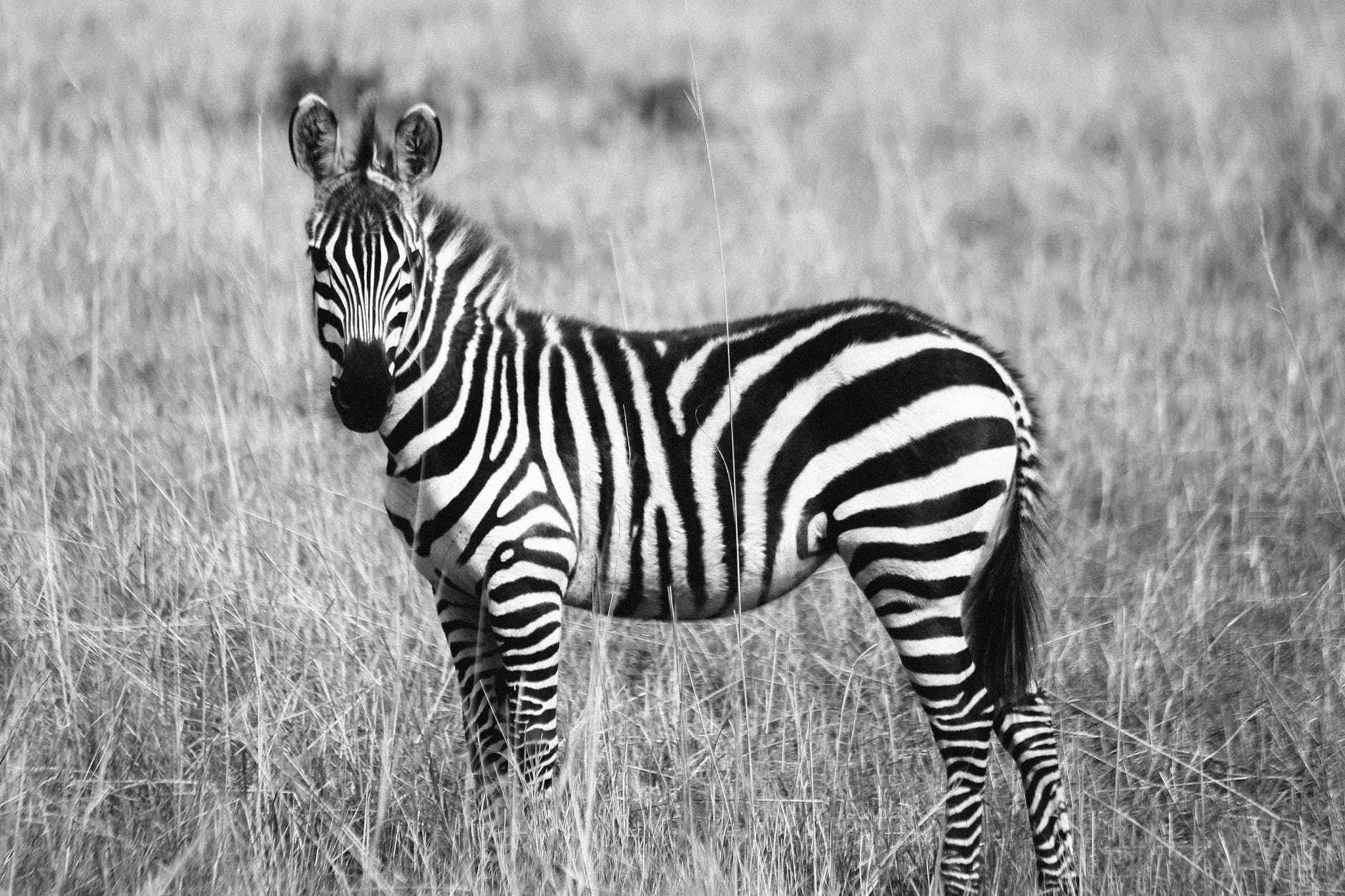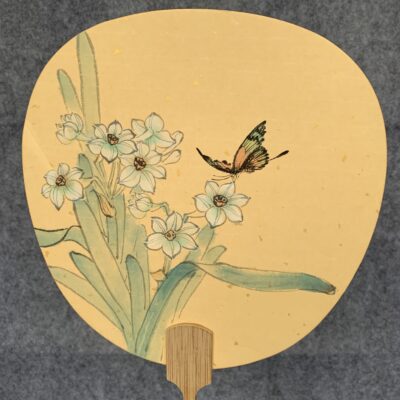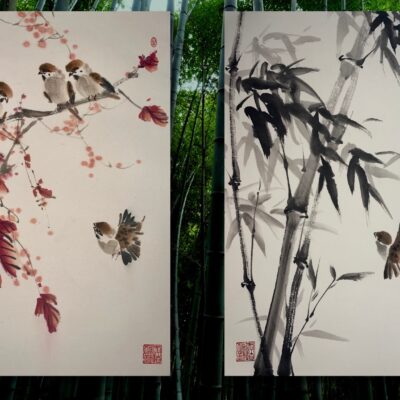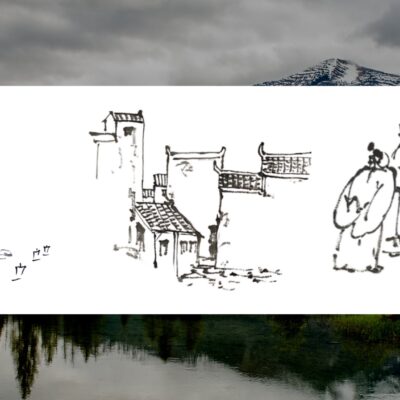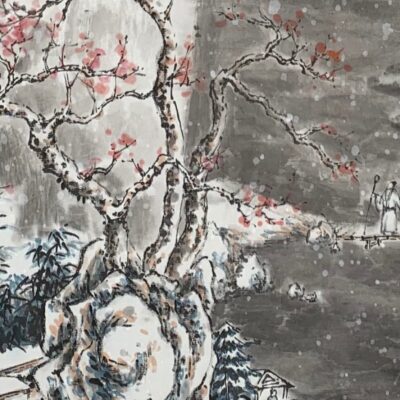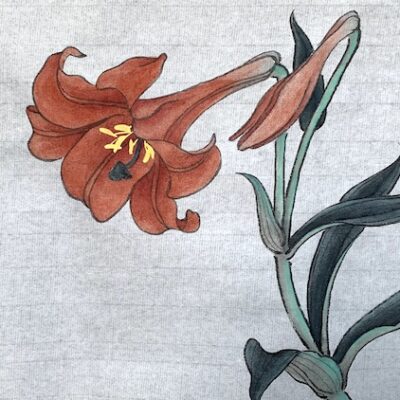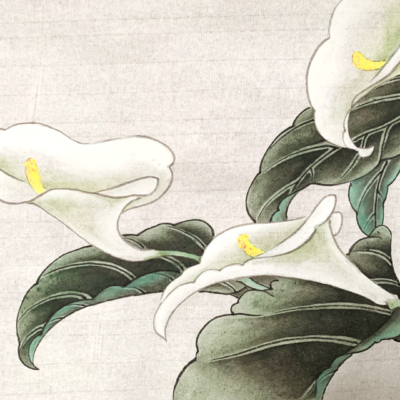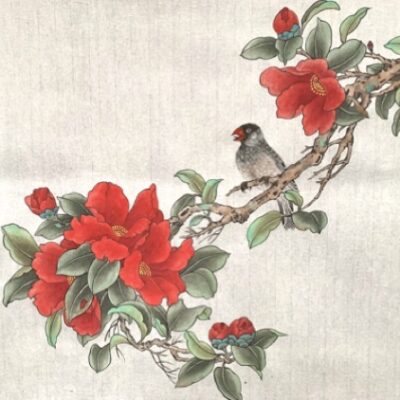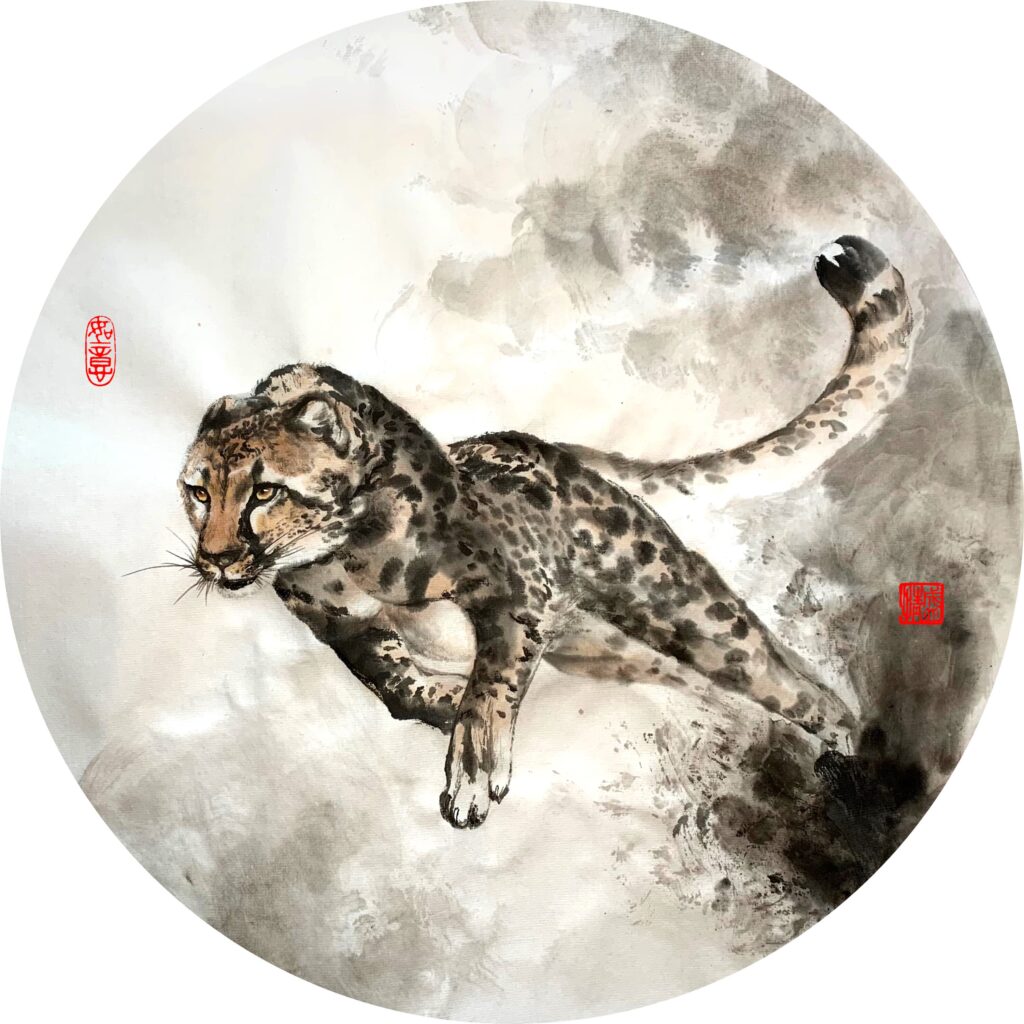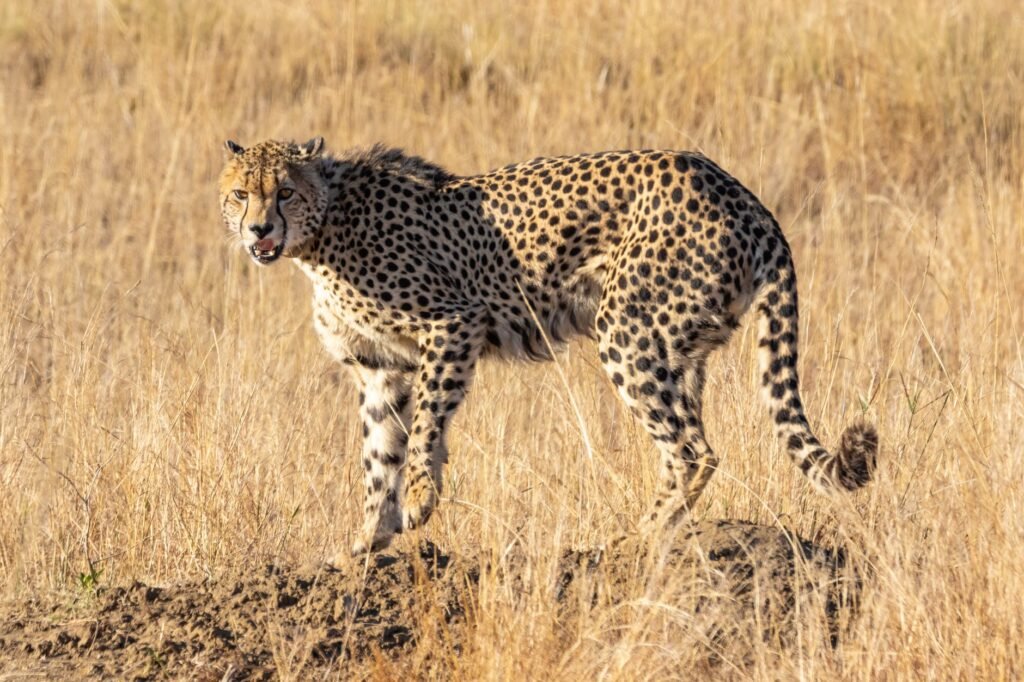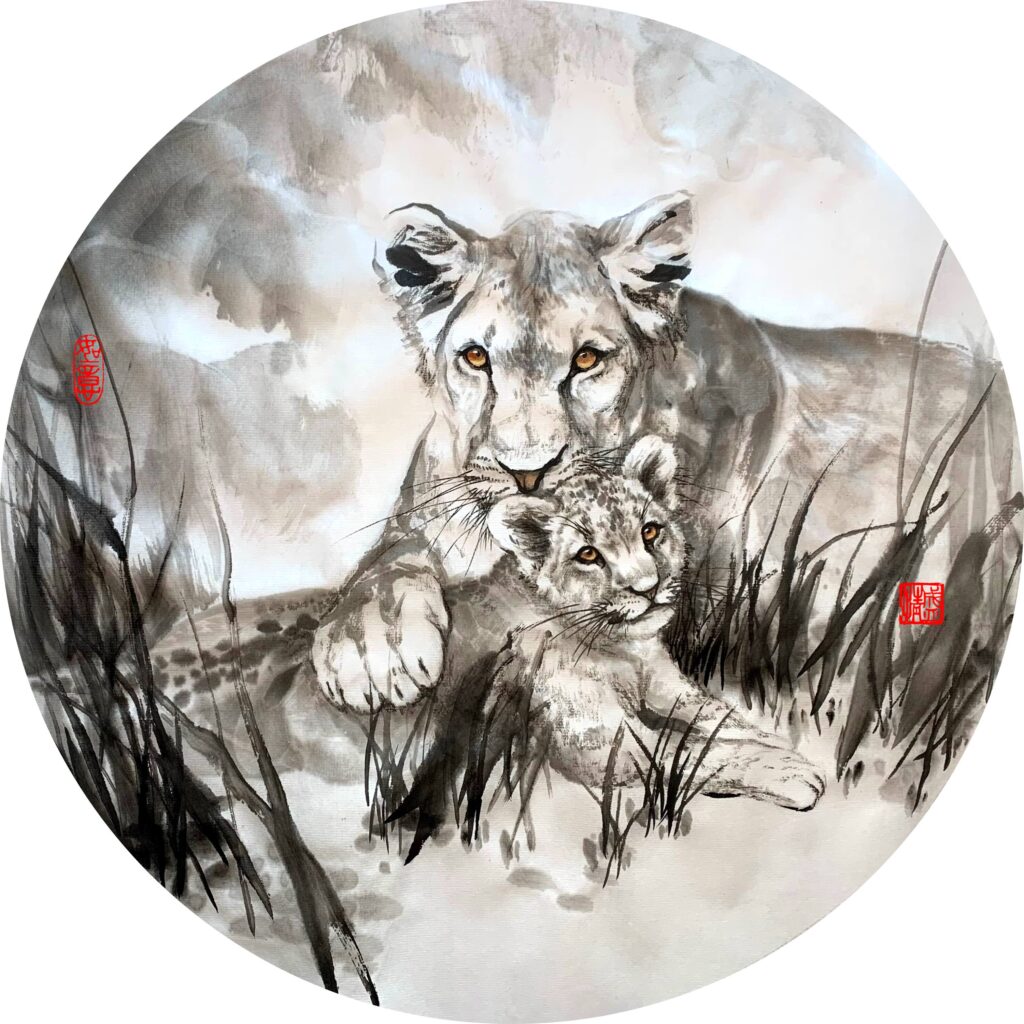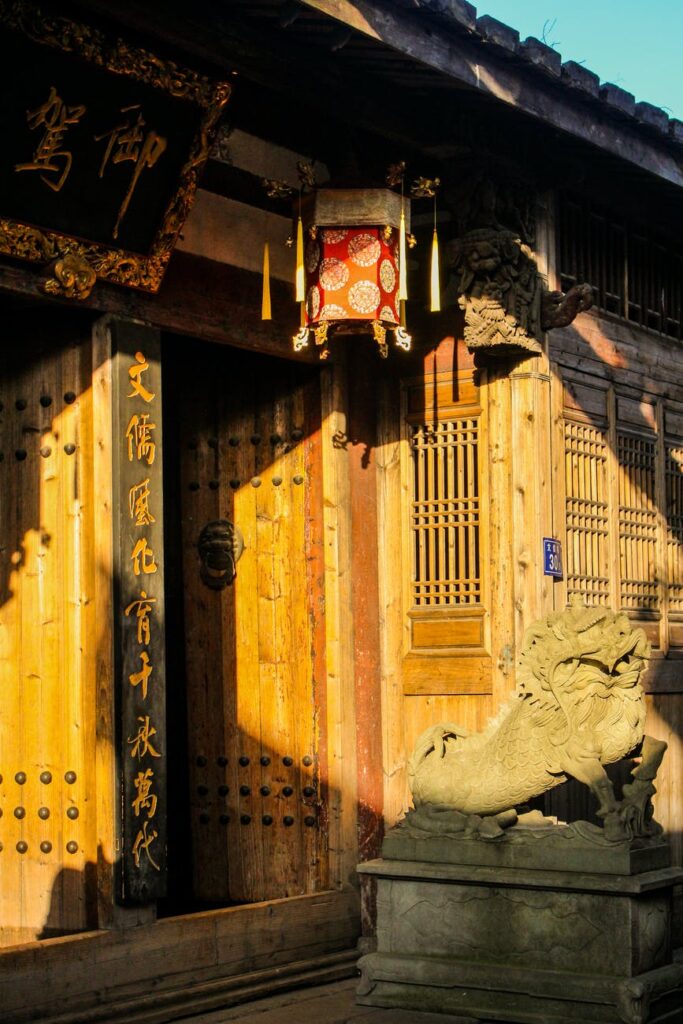Cat masters and their “poop-scoopers”
Cats are beloved animals and more and more people are raising cats in metropolitan cities especially in Asia, as they are “self-maintaining” for the most part – they clean themselves quite well, they do not require walks each day, and chances are, they do not really need our company during the day when we have to go to work. Therefore the number of cat owners are quickly increasing. In the previous few posts we also discussed cats as symbolic animals in the oriental world and they represent wealth and longevity. But the truth is, the majority of the cat owners love them because they are absolutely adorable! Those big eyes melt our hearts and we would happily become the so-called “poop-scoopers” for them. Indeed, in the Chinese culture, the cat owners refer to themselves as “poop-scoopers” and they enjoy being called as such too. Cats however have not always been praised as an animal. Today let us take a look at them in depth from an oriental cultural perspective.

“In ancient times cats were worshipped as gods; they have not forgotten this.”
– Terry Pratchett
According to the few records of cats, in the early days they lived in harmony with people, and it seemed that people were grateful for their efforts in protecting crops from being destroyed by mice. These cats are usually relatively larger ones such as lynxes or leopards, which were generally referred to as “mountain cats”. So in the early days, cats were definitely considered positive and honorable animals.
In the Sui Dynasty (early 6th century) however, the stories involving cats took a slight down turn. I believe this has to do with their popularity, as more and more people have them in their homes, more stories involving them have been told. Some of the stories involving cats at that time told of the cat demons, these demons would cause illnesses and harm our lives. The Sui period indeed experienced many outbreaks of deceases including several plagues, and even in the royal palace there were servant girls who became ill. These maladies were eventually attributed to cats, poor little things may have been in the wrong place at the time – now thinking about it, it was most likely that the rats carried germs. These cat demons could attach themselves to a human being, causing grave pain that spreads from limbs to all parts of the body, and eventually reaches the heart that makes the final kill. The cat demons could also be used as black magic that caused someone to loose his wealth or life. The Sui Dynasty gave rise to many practicing witches who claimed to be able to either create or control such cat demons.
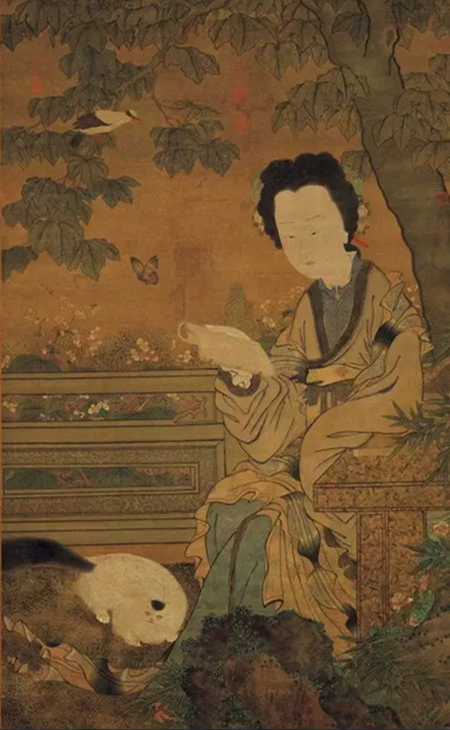
In the Tang Dynasty which followed the Sui, cats already became household domestic pets. During this period of time, cat painting also became an independent painting style and was separated from the general “beast painting”.
The Song Dynasty (960-1279) can be acknowledged as the first Chinese “poop-scooping” period, where cats became real masters. The names of cats because the loving “little tiger” or “little cat slave” and in the prosperous Song markets pet good and pet beauty industries appeared. If you are given kittens, you also needed to check the Chinese almanac so that these kittens come home at the most blessed time. With cats ascending the social ladder, more and more artistic productions were made about them, including many poetries and paintings. From paintings alone it is obvious that cats no longer serve from a secondary position but instead moved to the central position.

The Ming Dynasty (1368-1644) gave birth to many “poop-scoopers” as well, including several emperors. The following painting was created by one of the Ming emperors, and another was known to have set up a “cat nursery”, so that his pets could be the master of many more human beings. This does not sound so dissimilar to the stories told about the British Royal Family and its requirements regarding corgis.
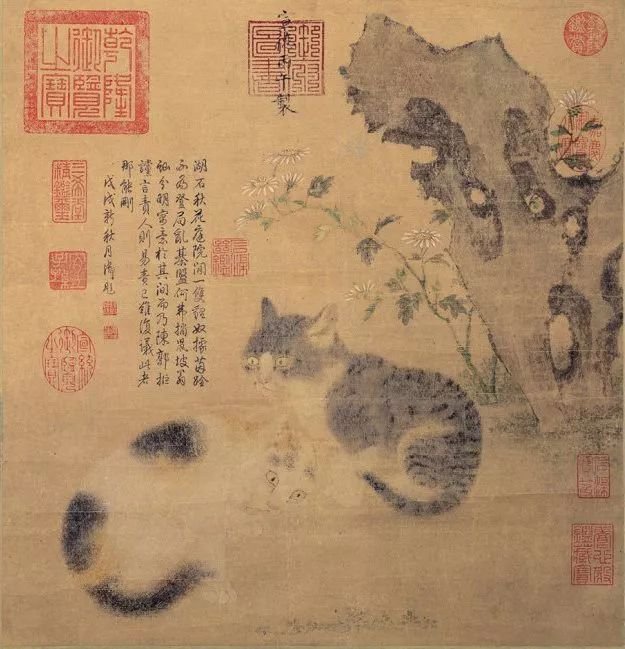
The last empirical period, Qing Dynasty (1644-1912) was famous for its novel productions, and naturally cats made great appearances in many books. In these stories however, the positive images of cats changed again, taking on more of the fictional and mythical spirit – obviously these stories sell!
Another nation that has long obsession about cats would be Japan, the stories regarding the Japanese cats always seem to be familiar to me though, it was most likely because many of them were linked from the origin. Cats in the Japanese society are also spiritual animals, and some of them have quite some special magical powers. They are considered noble animals – there is even a Cat Day (February 22) that honors them each year!
I am working hard at producing the cat painting course, which should come greet you next week! This course that contains a huge quantity of useful information about cat drawing (useful even for pencil sketching) has taken me countless hours to make. There are 3 carefully selected cats that will be painted as models, they provide you with interesting distinctions: hair color, hair length, eye color, species, postures and so on, so if you would like to learn to paint any cats in the future, this course will give you all the necessary skillsets. You will be the first one to experience it, and if you have subscribed to our news letter then there will be a nice bonus inside!

Enjoy such cultural discussions? Have comments? I look forward to hearing from you!
Buy Artworks | Learn Brush Painting | Learn Chinese Calligraphy
Cat masters and their “poop-scoopers” Read More »
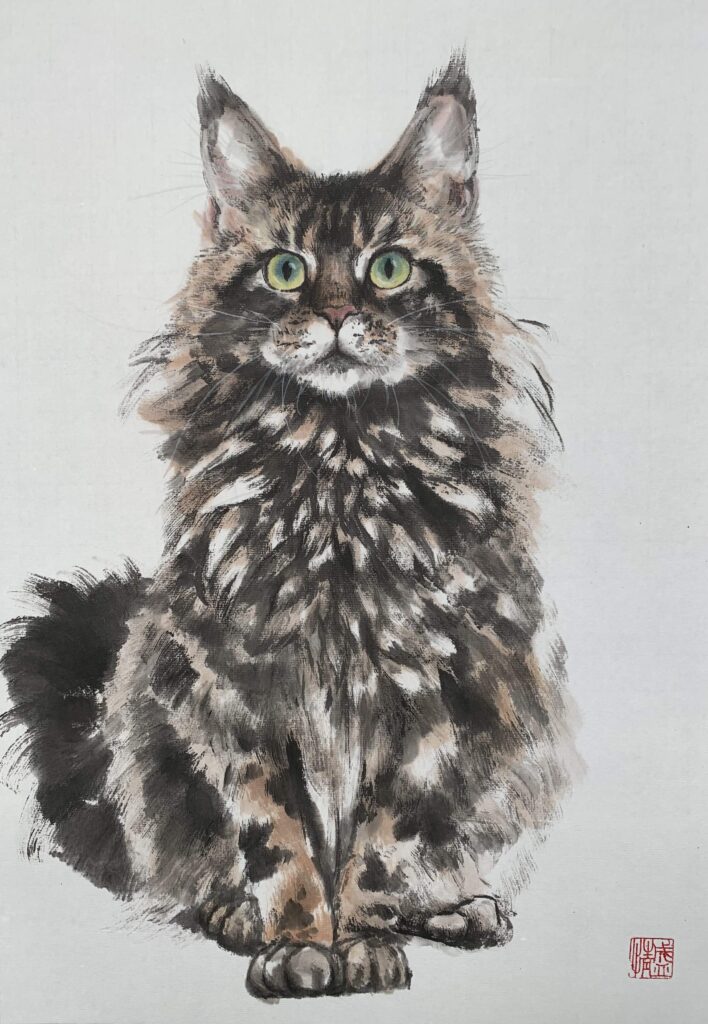
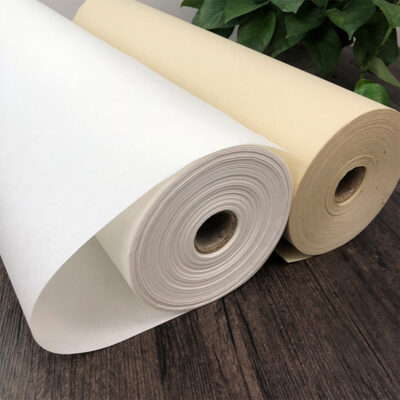
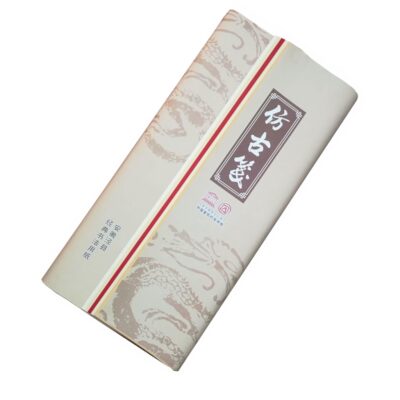
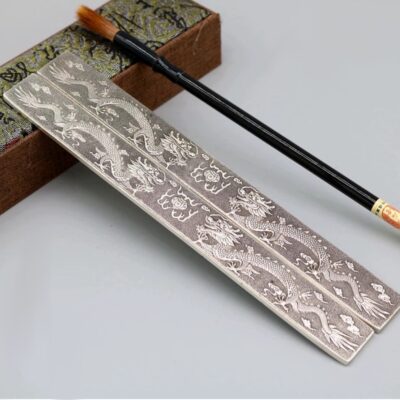
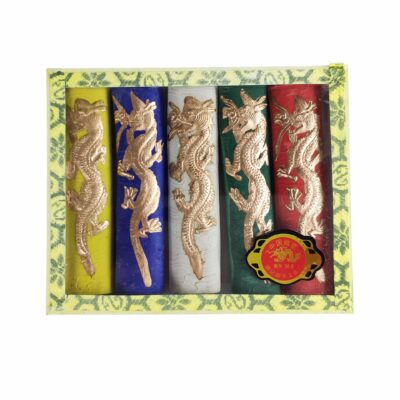
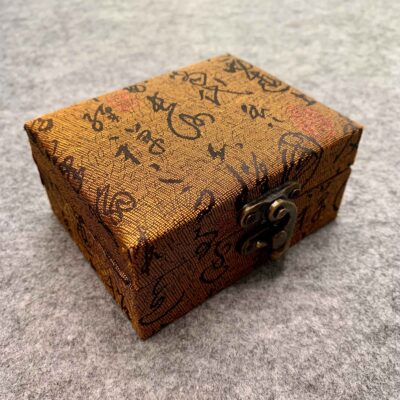
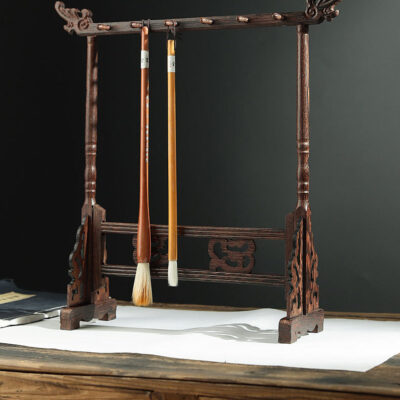
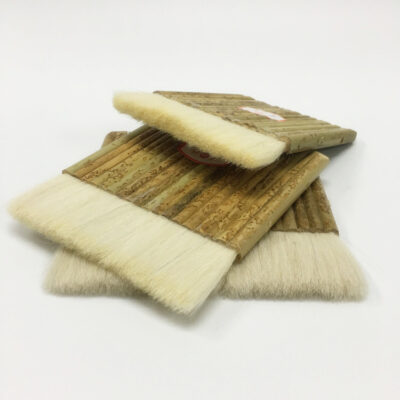
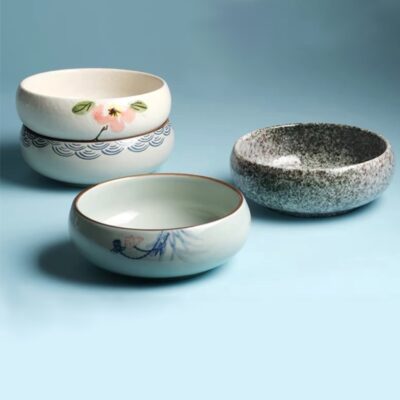

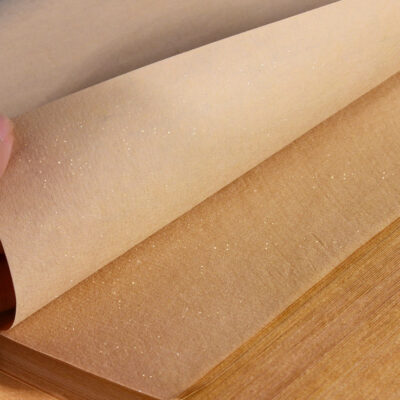

 Unlock with Patreon
Unlock with Patreon














